Coconut milk, coconut cream and coconut flakes
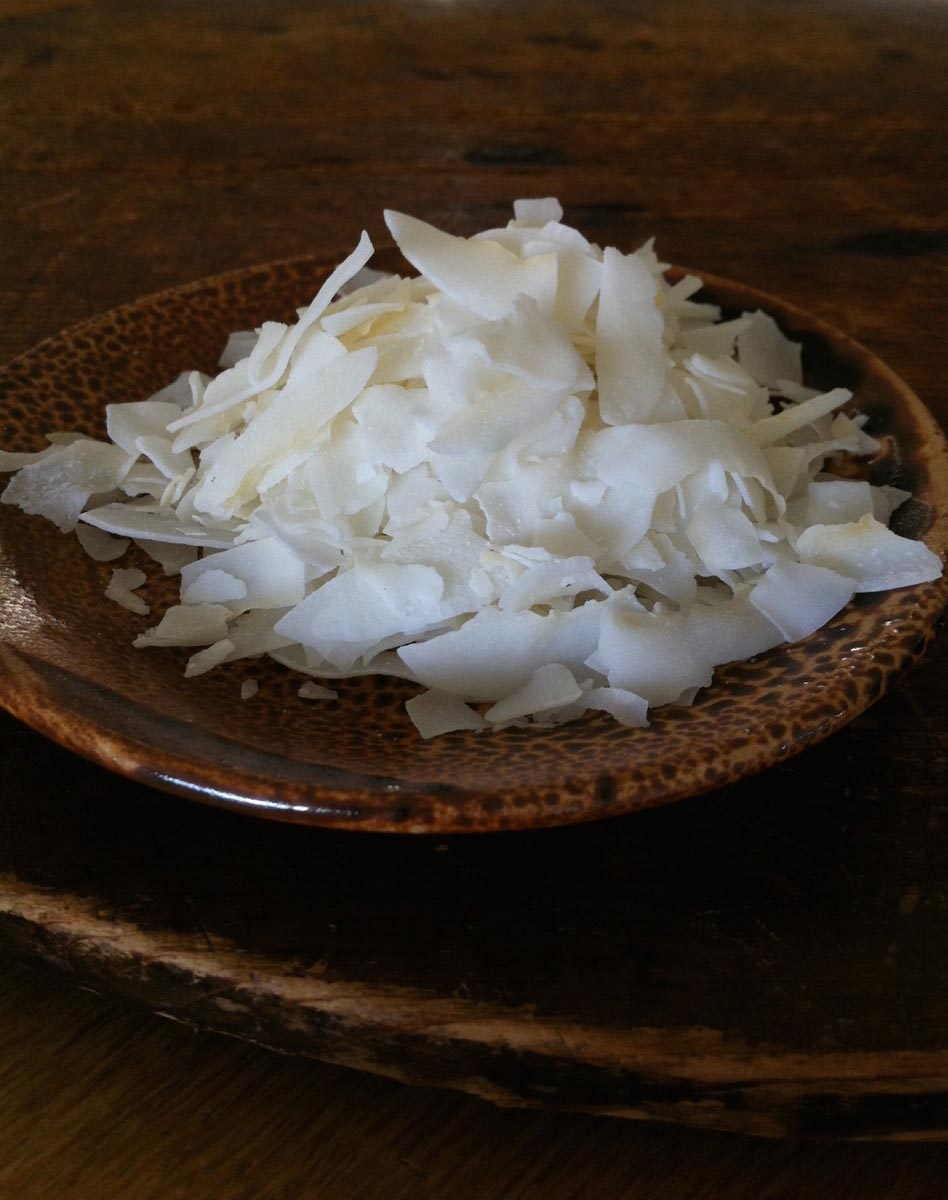
Rich, creamy and intensely coconutty. Here’s the low-down on all things coconut.

Rich, creamy and intensely coconutty. Here’s the low-down on all things coconut.
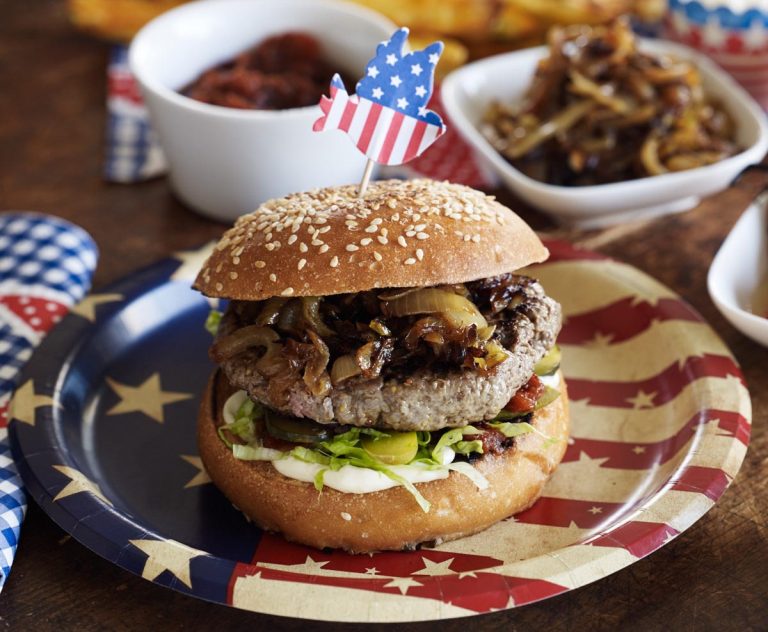
The most important point with minced (ground) meat is to use it fresh. The extra handling and exposure to air makes it more vulnerable than fresh joints.
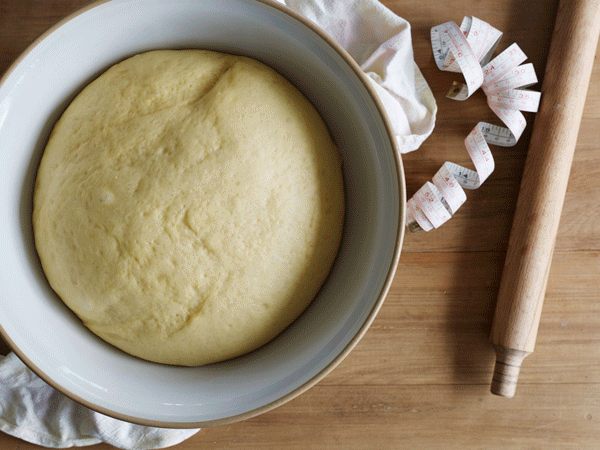
Watch it … then make it!
Happy Easter.

Sticky, sweet, lemony-tart, and simply too hard to resist.
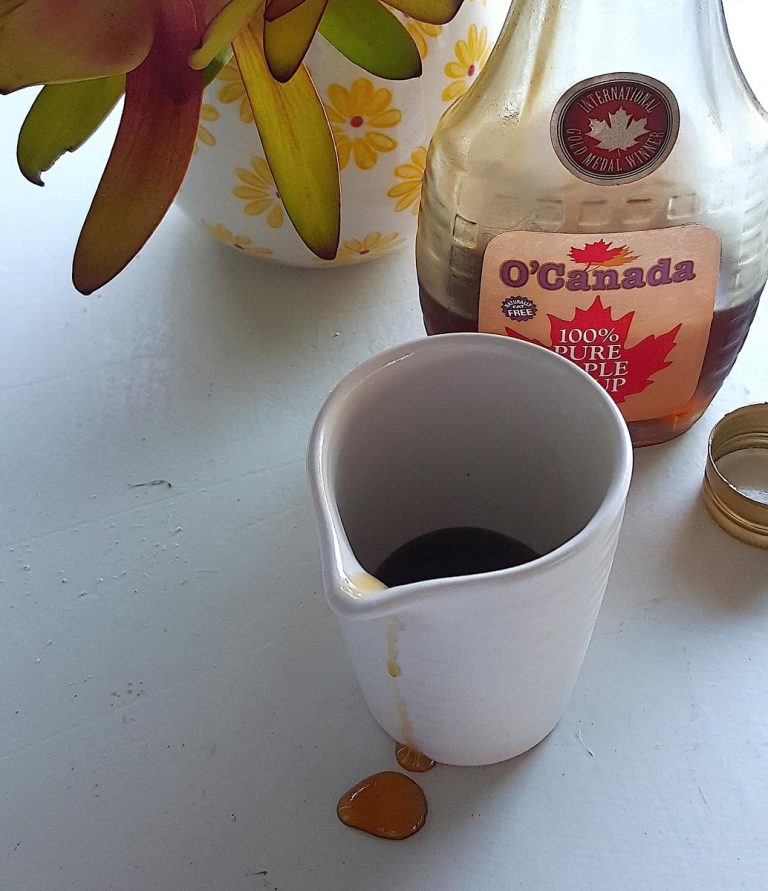
Want to use less sugar in baking? Substitute maple syrup for sugar … just make sure you use the real thing.
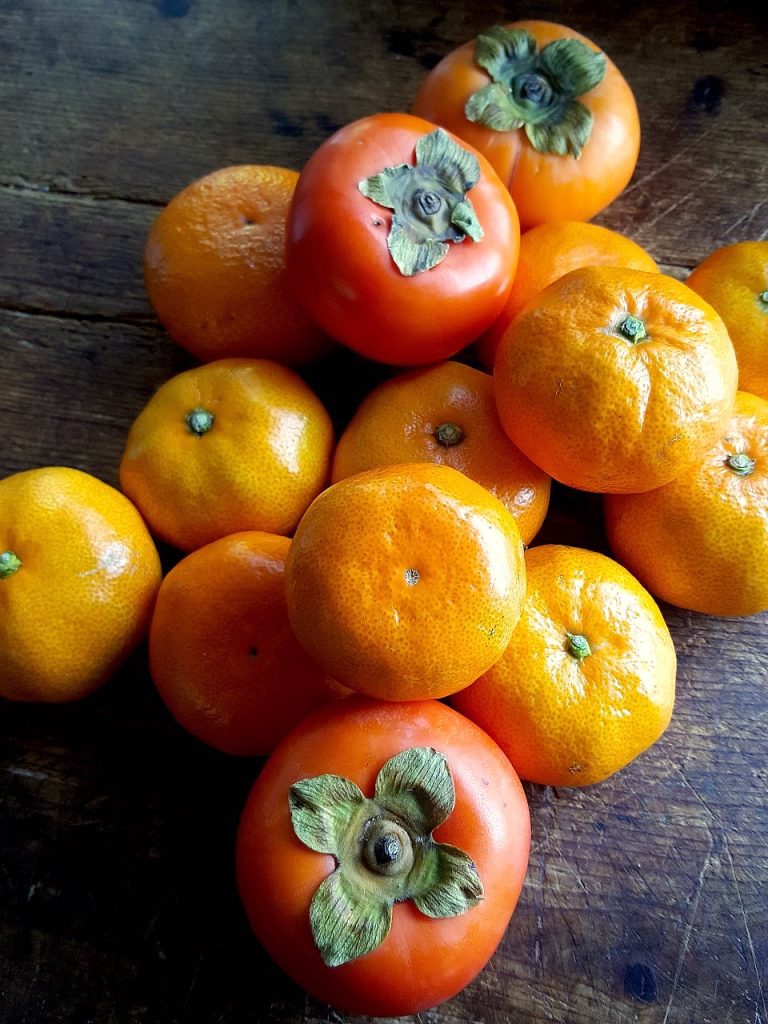
Add pops of colour to salads with tangy sweet mandarins.
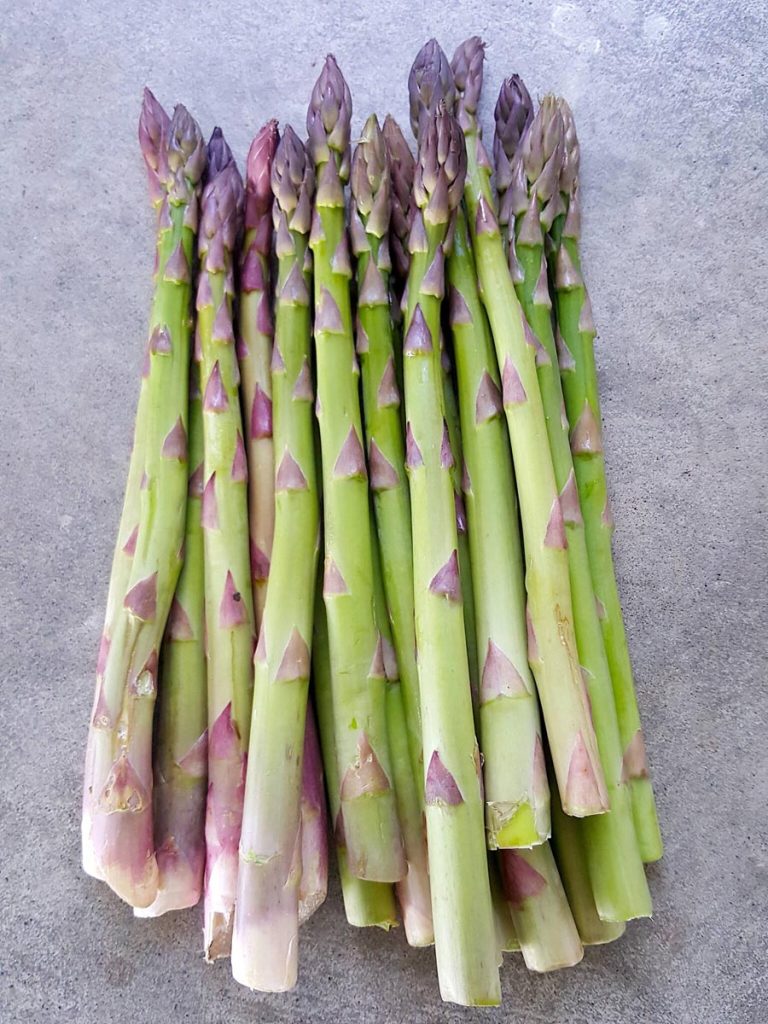
A 101 on asparagus – a good read!
No products in the basket.
Welcome to the new Shared Kitchen experience! If you encounter any issues, please let us know. Dismiss